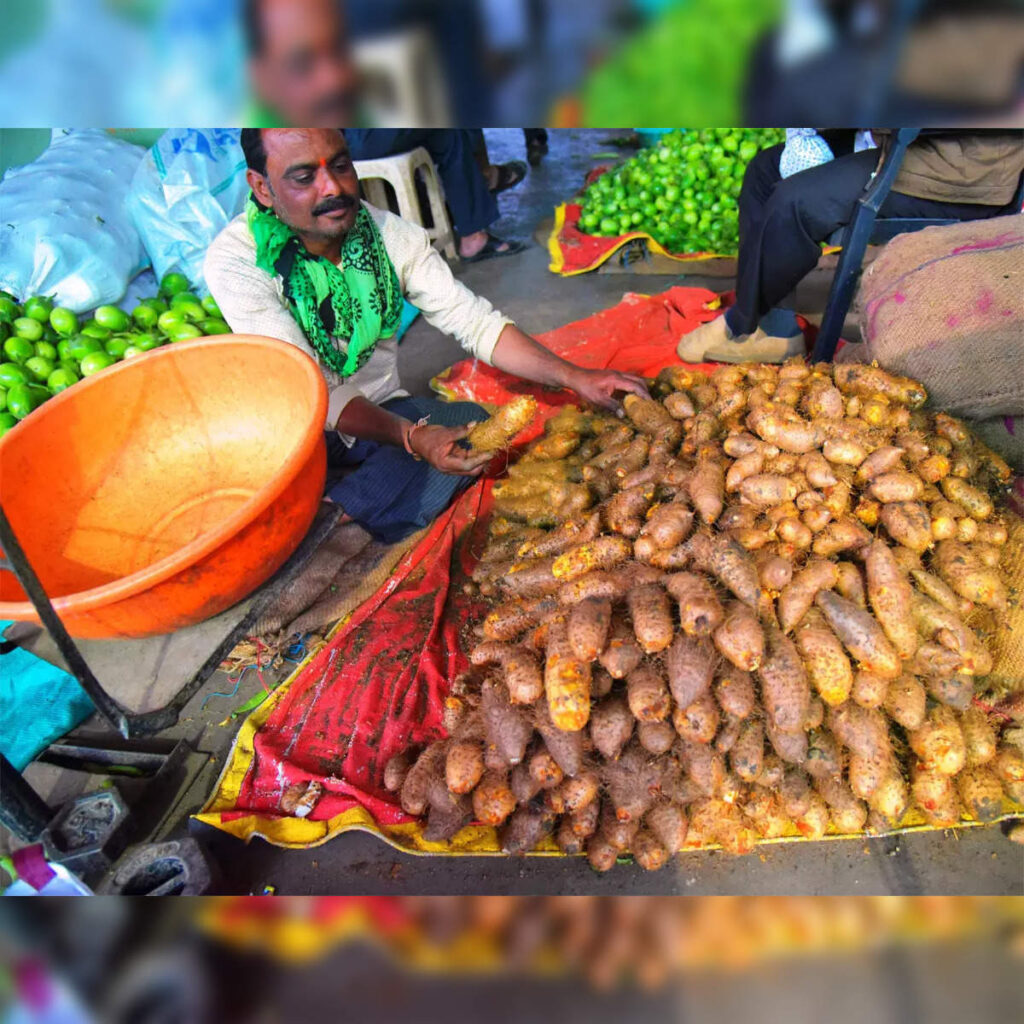NEW DELHI: A bumper kharif harvest will lower food inflation in the coming months and India’s short-term economic outlook is cautiously optimistic, the finance ministry aid in a report on Monday.
“Bright agricultural production prospects make the inflation outlook benign, despite existing price pressures in select food items. Early November trends signalled moderation in key food prices, though geopolitical factors may continue to impact domestic inflation and supply chains,” the ministry’s monthly report for October noted.
Retail inflation surged to a 14-month high of 6.21% in October, driven by high vegetable prices. Most economists expect the RBI’s monetary policy committee will hold repo rate unchanged at 6.5% at its December meet, and possibly even in February, given the RBI governor even lately reiterating that the war against inflation is not yet over. The governor’s statement was notwithstanding senior government functionaries including the commerce and industry minister opining that using interest rates to combat food price inflation is ineffective.
A favorable monsoon, adequate reservoir levels and higher minimum support prices are likely to boost winter crop sowing and production, the ministry’s report said.
The report said many high-frequency indicators of economic activity in India have shown a rebound in October after a brief period of softening momentum.
Finance ministry’s economists expect the economy to grow at 6.5%-7% in the financial year.
India’s export recovery may encounter challenges due to softening demand in developed markets, the report said, with trade in services sustaining momentum.
“Geopolitical developments and policy decisions of the next administration in the United States will determine the course of trade and capital flows,” it said.
According to the report, merchandise exports witnessed moderate growth during the first seven months of FY25, owing to weak external demand and a fall in international commodity prices. Merchandise imports performed well, supported by strong domestic demand. A larger increase in imports compared to exports led to a widening of the trade deficit. After witnessing net inflows for five consecutive months, foreign portfolio investors became net sellers in October.
“Heightened geopolitical tensions and recent developments in China led to withdrawal of significant funds from Indian equities,” the report said.
Net foreign direct investment inflows registered remarkable growth in the first five months of FY25. Supported by stable capital inflows, India’s forex reserves increased by $64.8 billion1 so far during 2024, the second-largest increase after China amongst major forex reserve-holding countries, it added.
Source: The Financial Express


 U.S. Fossil Fuel Giants Eye Permanent Control Of Europe’s Energy Supply
U.S. Fossil Fuel Giants Eye Permanent Control Of Europe’s Energy Supply 